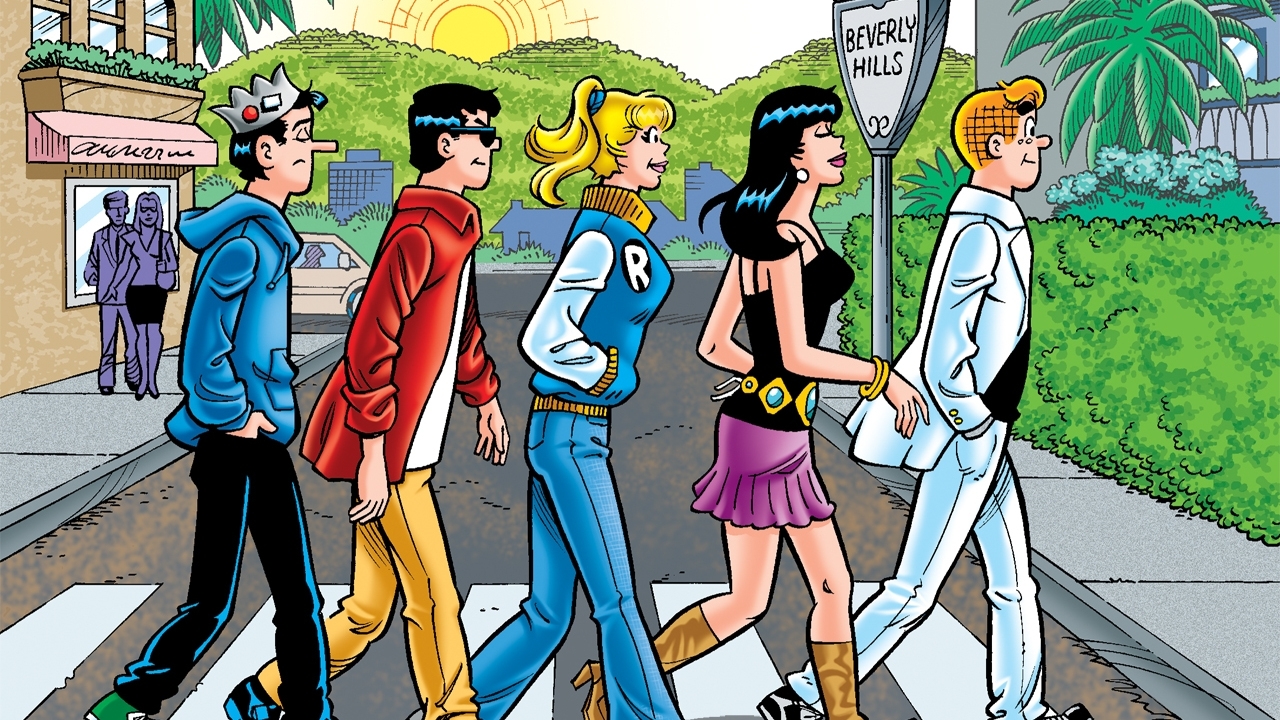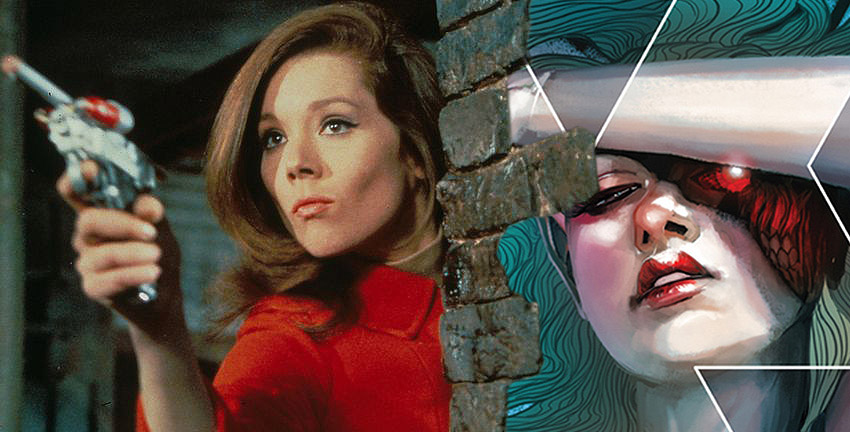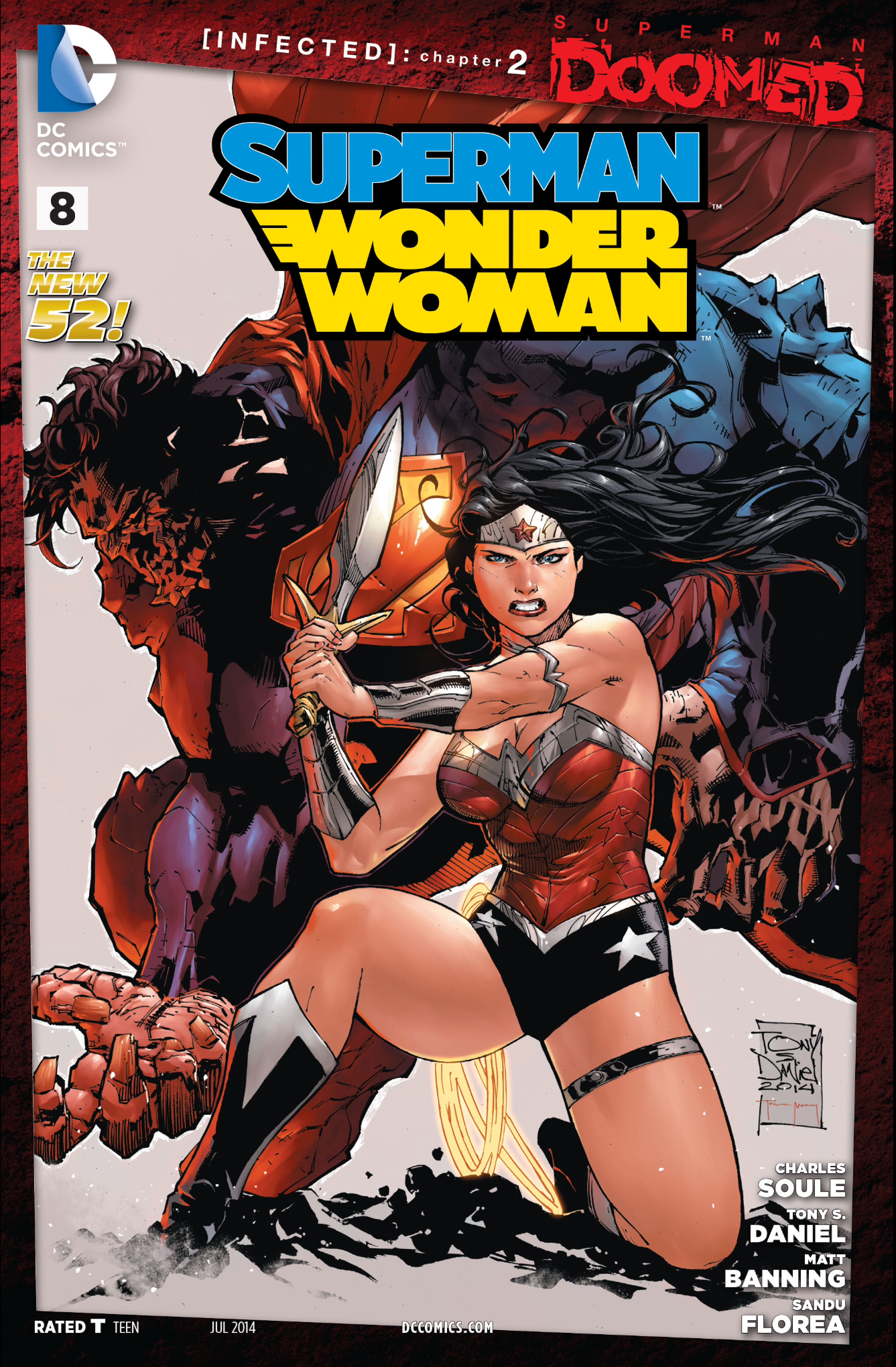Writer, Rodney Barnes
Art, Jason Shawn Alexander
Colors, Luis NCT
Lettering, Marshall Dillon
Recap
The issue begins with the inner monologue of Abigail Adams and the visual aesthetic of her leading a horde of zombies. Her goal is to separate her name and reputation from her husband, the second president, by promoting tyranny and thereby create her own legacy. The story transitions to Jose who brings Sangster Jr. a cup of blood; he has urges to bite Jose’s neck instead. Another transition occurs showing the inner monologue of John Adams and him empathizing with Abigail’s bitterness and resentment having lived under his shadow. Meanwhile, Seesaw works to raise Sangster Jr. from the dead, as he is transforming into his zombie self.
Is suppressing one’s talents in the name of another tantamount to abuse? The dynamic between Abigail and John Adams is interesting because she admits that she needs him dead because as long as he is alive she will be compelled to follow him. The interactions between Abigail and her memories of John and the attachment they still share beautifully illustrate one of the problems with patriarchy and misogyny; power and control are elevated rather than consent or support. In essence, John’s need to be loved, as defined by her need to follow him, is the toxic element because it puts her in the shadow and places her in a secondary role.
Seesaw, a young black man, ironically works to “do the right thing” by attempting to bring Sangster Jr. back from the dead and work on the side of the police against the zombie mob. Seesaw says, “Dark energy is the hand puppet pushing us around like living shadows.” The words are prophetic given that he faces supernatural powers later in the story that feel too much for him to confront. He searches for motivation for the fight ahead by recalling words his grandmother spoke to him when she was still alive. The art shows Seesaw going back to memories of his grandmother and the crucifixion of Christ, which reminds the reader of where her faith was anchored. The tie back to his roots, his grandmother, and the one person who believed and who had faith in him appear to have great meaning for the story as it unfolds in future issues.
Sangster Sr. and Jr. have a conversation about Jr’s preponderance to do the wrong thing. The art depicts the characters in the shadows and with close-ups of the faces showing the depth of the emotions each character was holding. The parallel process becomes apparent, it could be argued that Sr’s choices to ignore his relationship with his son perhaps left Jr. lacking in confidence and skills to do the right thing. Sr. references the death of his wife as taking away his heart but also recognizes that he is still firmly committed to his role as a father to give JR. the skills he needs to succeed. It is a touching moment and heartfelt.
This issue of Killadelphia depicts the desperate fight on the part of Abigail to establish her own narrative and gain power and the equally desperate attempts on the part of the authorities to regain control and survive. Abigail’s motivation to be separate from her husband and to progress the narrative to a place that her husband could not, are the central ideas that advance the zombie revolution. The story is edgy, bloody, reckless, yet measured in its attack against the old systems of patriarchy and misogyny that have enslaved the country. Abigail is the central figure in this revolution at the moment. Overall = 9.5/10











